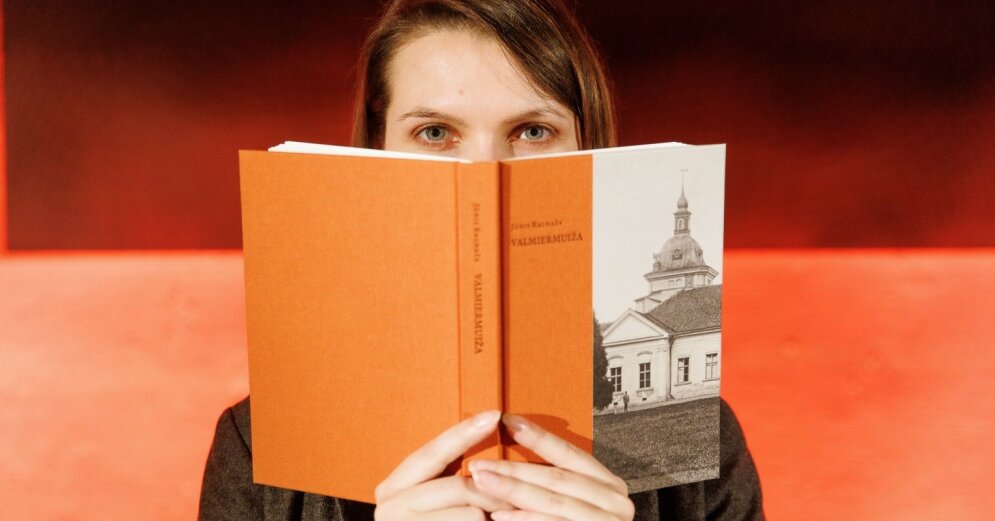From a wealthy estate to the place where the first social movement started, which laid the foundation for the Latvian national awakening and renewal movement throughout the Baltic countries. The history of Valmiermuiža and today is summarized in one place in the book by Jānis Kalnačs “ValmiermuizaIt was published after more than 40 years of research, reports the Valmiera Cultural Society.
The content will continue after the announcement
Advertising
The cultural and historical heritage of Valmiermuiža has attracted the interest of many researchers over the past 20 years, however, Dr. Art. Jānis Kalnačs’ book is the first such comprehensive study. Gathers information about Valmiermuiža’s owners, tenants and guests, construction and conservation efforts. Here you can find out which personalities and historical events formed the basis of the national revival of Valmiermuiža and Latvia, how the ensemble of buildings in Valmiermuiža was revived and what role a successful public-private partnership played in this story.
In the book you can find out what connection Valmiermuiža has with Prince Pēteris Augustus Friedrich of Holstein-Beck, the predecessor of the British King Charles III, why there is a stone with the year 1887 at the main gate of Valmiermuiža, as well as what the artist has coded in the rare texture of the shovel and much more. The factual information is supplemented by a rich material of visual evidence of the time: photographs, portraits, letters and other documents, materials from Latvian, Estonian, German and Russian museums and archives, as well as private collections.
“There are two good smells – the smell of freshly baked bread and the smell of a freshly printed book. Every manor house, every church should have a book – just as every artist should have a book during his lifetime or soon after. I’m not the first to write about Valmiermuiž, but in this book there is a lot of novelty.It allows you to go back to the times when Valmiermuiža was still a big manor and a small town Valmierawho, without asking permission, used yuk tenses and took a large part of the former Valmiermuiža”, says the author of the book Dr. art. Jānis Kalnačs.
The Valmiera region can be proud of dozens of manors, including Valmiermuiž, Kokmuiž, Mūrmuiž. The candidacy for European Capital of Culture has given rise to the concept of “Network of Manors”, which the County of Valmiera intends to implement by creating a network of about 40 historic manors around the Valmiera. About ten manors are very active, offering a varied cultural programme.
Along with the publication of the book “Valmiermuiža”, the active work on the restoration of the Valmiermuiža building complex continues: the property rights of the Valmiermuiža castle tower have been established, and it is included in the list of architectural monuments of regional significance. The conservation of the drawings on the walls of the castle tower and the artistic-architectural study of the tower were carried out; work continues on the long-term development strategy of the historic Valmiermuiža manor complex, but the restoration of the castle tower should be done within the next five years.
“At the time when the word “living room” appeared, it was a certain proof of social status. If you have so much space that you are ready to receive guests, you can also invite them. Not every city has cafes, restaurants, public places where I would bring your guests. Here it is. Valmiermuiža is Valmiera’s living room. You just have to come with your guests and enjoy the hospitality that has been cultivated here for centuries”, shares the thought of the Vidzeme University Institute of Social, Economic and Humanitarian Studies (HESPI), associate professor and municipal authorities of Valmiera MP Dr. geogr. Andris Kleppers.


/cloudfront-eu-central-1.images.arcpublishing.com/diarioas/KSL25Q2U3ZEURDRZIREW5BKHAE.jpg)